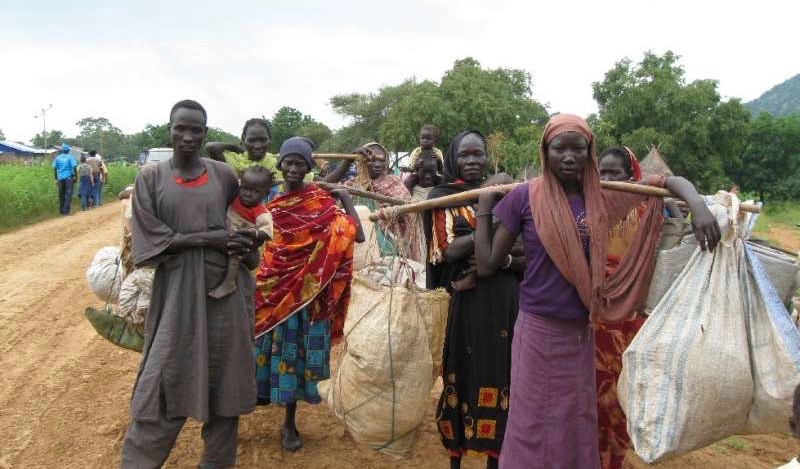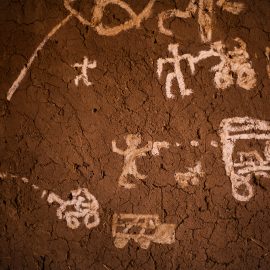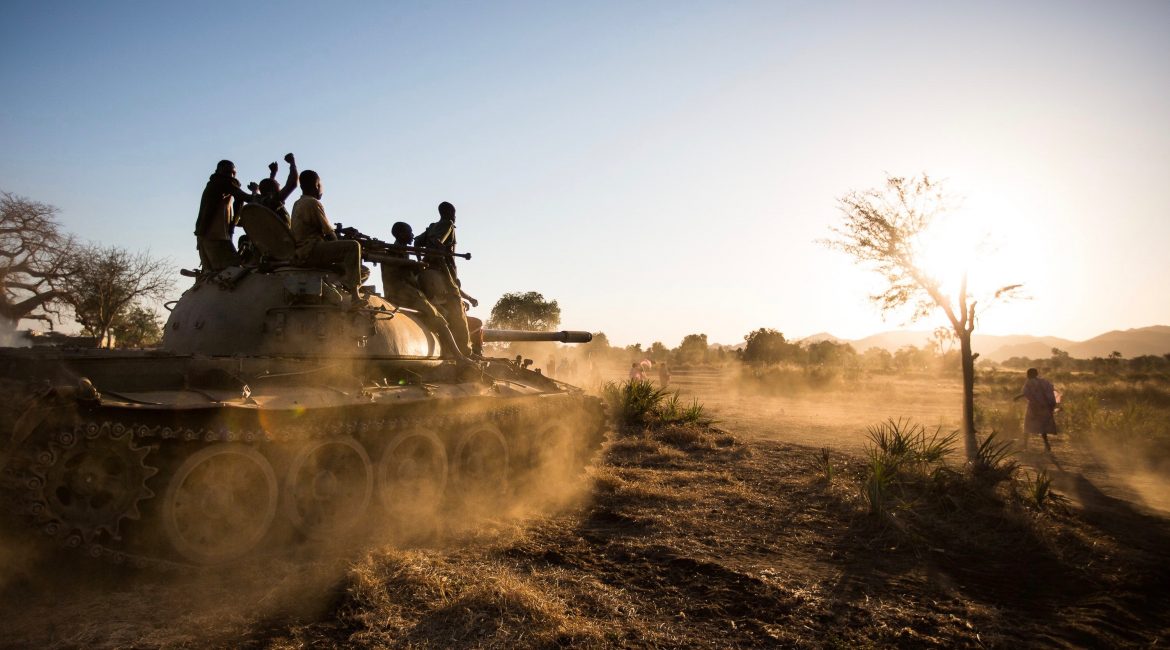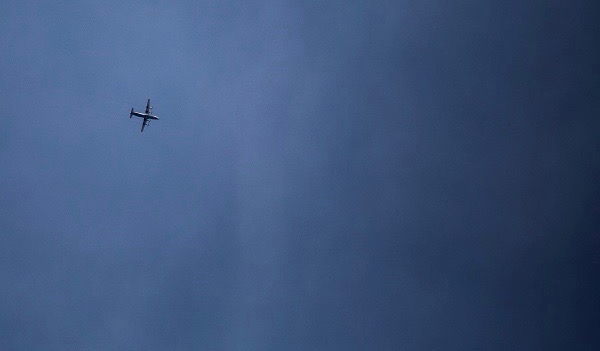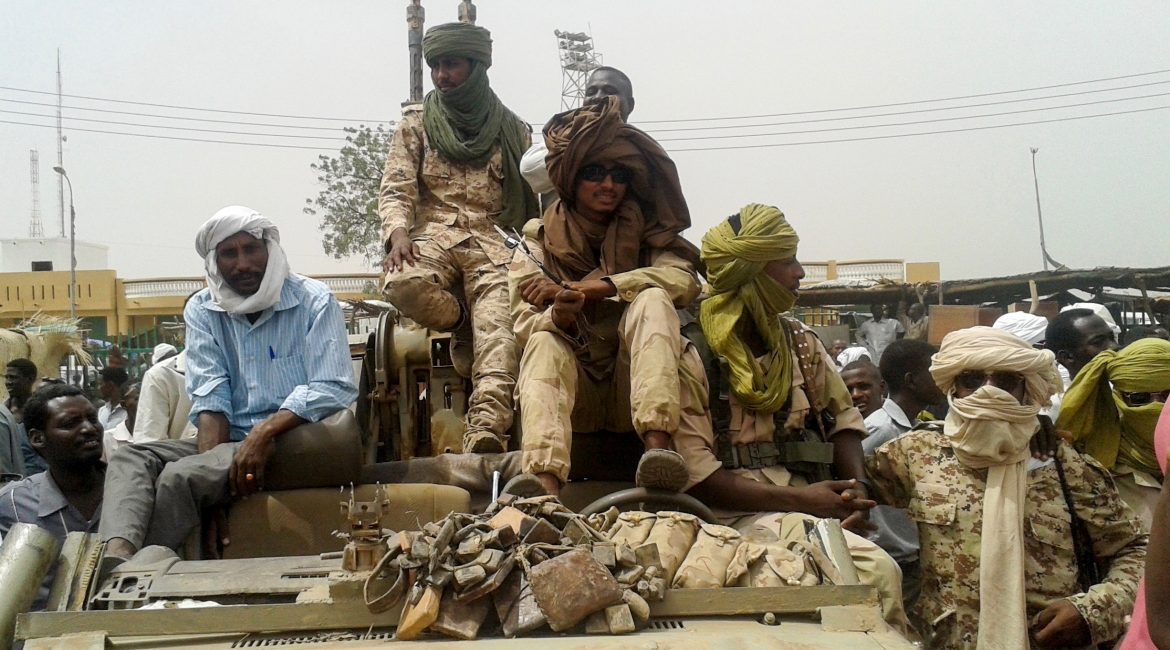SUDAN INSIDER |
This news summary is part of our Sudan Insider, a monthly newsletter providing
news and analysis on Sudan’s biggest stories.
Subscribe here to receive the Sudan Insider in your inbox.
…………………………………………………………………………………………………………..
Internal SPLM-N disputes affect Blue Nile and refugee camp
What happened…
In late May, the SPLM-N released a statement claiming some of its members in Blue Nile had mobilized an internal insurgency against the rebel movement, citing support to Deputy Chairman Abdelaziz Al Hilu and the Nuba Mountains Liberation Council. The same statement alleges an attack was made on the headquarters of the SPLM-N chairman, Malik Agar, and military garrisons in the rebel-controlled areas of the state.
Local sources and aid workers believe the violence stems from the internal rift within the SPLM-N party after Deputy Chairman Abdelaziz Al Hilu attempted to resign in March, citing disagreements with the executive leadership of the rebel movement.
Violence also erupted earlier this month in Maban Refugee Camp, which compromises of four refugee camps predominantly hosting Sudanese refugees from Blue Nile State. According to local aid workers, intense fighting broke out on May 22 between members of the Ingassana tribe and several other smaller tribes emanating from Blue Nile State. Local sources reported at least 17 killed in Gendrassa camp in Maban and on June 1 further inter-tribal fighting in Doro Camp.
This conflict follows tension earlier in the month on May 6 between the two communities at a market area in Doro, local sources said. Fighting took place between members of the Ingassana and Uduk tribes injuring four individuals who received treatment at Maban County Hospital.
A late April statement allegedly made by members of the regional SPLM-N political body –the Blue Nile Liberation Council (BNLC), called for the suspensions of the SPLM-N secretariat and for the General Convention, the body’s highest forum, to be held in June. But a later statement made by the BNLC affirmed its loyalty to the leadership of the SPLM-N and denounced the previous communication.
What it means…
Although information is scarce, these Blue Nile cases mark the first time internal violence within the SPLM-N movement has taken place during the war. This could signify a strain on the unity of the rebel movement in Blue Nile and may delay future peace negotiations with the executive leadership’s status in dispute.
The conflicts in the Doro refugee camp were reportedly tribal in nature, pitting members of the Ingassena tribe against other smaller tribes, according to aid workers and local sources. The Ingassena have largely defended the leadership of SPLM-N Chairman Malik Agar while other tribes have called for the removal of the executive leadership.
The Doro Camp incident marks one of the first times Maban camp has witnessed internal fighting between the refugees. Past cyclical violence has largely taken place between the refugees and host community over scarce resources.
The UN refugee agency says thousands of refugees have fled Doro Camp to either neighboring camps (Maban comprises of four refugee camps) or back to Blue Nile State.
The violence in Maban may induce refugees to return to Blue Nile as resources in the region become increasingly scarce. According to the South Kordofan-Blue Nile Coordination Unit, an organization that monitors food security and displacement in the two areas, food stores in Blue Nile are projected to be finished this month. The return of refugees in large numbers, unable to prepare for next season’s harvest, may trigger further tension over limited resources.

